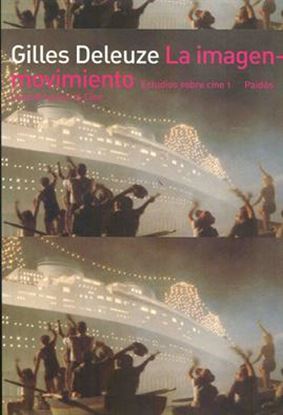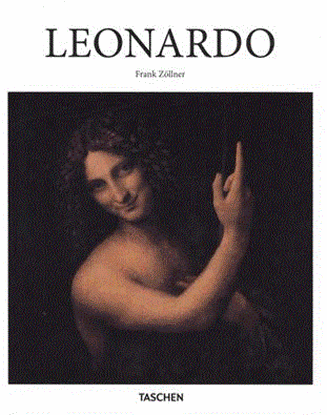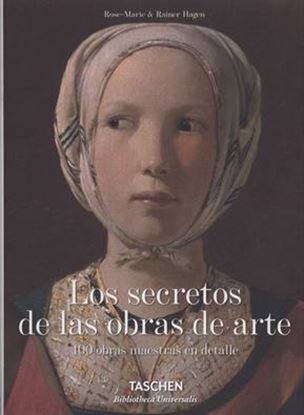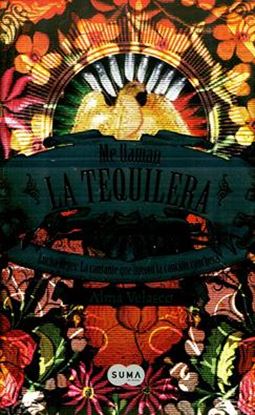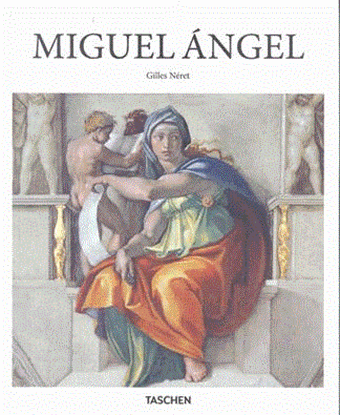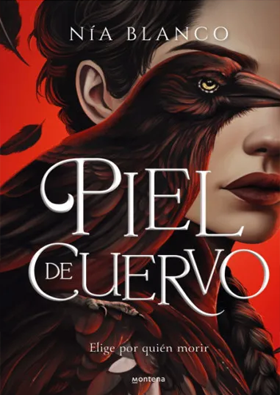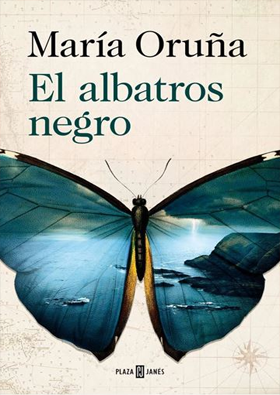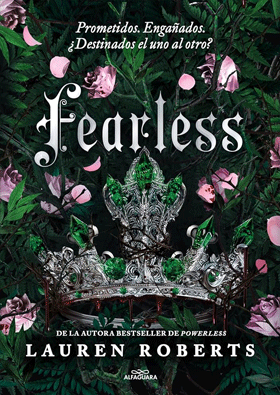

LA IMAGEN-MOVIMIENTO
El presente libro, que junto con su complementario La imagen-tiempo se convirtió automáticamente en un clásico cuando apareció allá en 1982, no pretende ser una historia del cine, y sin embargo acaba revolucionando el concepto mismo de historiografía cinematográfica. Tampoco se plantea explícitamente como una reconsideración de la teoría fílmica, y no obstante constituye una de las aportaciones mayores de las últimas décadas al respecto. Su intención es definir lo que Deleuze llama la "imagen-movimiento", que se podría identificar con el cine clásico pero también con un conjunto de directores que establecieron una determinada tipología conceptual e iconográfica. Los grandes autores del cine inventan y componen, cada uno a su manera, imágenes y signos que los hacen comparables no sólo con pintores, arquitectos y músicos, sino también con pensadores.
1,750
LEONARDO (BA-ART) (E)
Leonardo da Vinci (1452-1519), que llenó un cuaderno tras otro con bosquejos, inventos y teorías, no solo es uno de los dibujantes más excepcionales de la historia del arte, sino también un genio y un visionario que anticipó algunos de los mayores descubrimientos del progreso humano, en ocasiones siglos antes de su realización material. Desde las arterias más pequeñas del corazón humano hasta las remotas constelaciones del universo, Leonardo comprendió que la naturaleza y la ciencia estaban inequívocamente conectadas. Sus campos de investigación y su inventiva abarcaban la filosofía, la anatomía, la geología y las matemáticas, desde las leyes de la óptica, la gravitación, el calor y la luz hasta la construcción de una máquina voladora. Leonardo llevó la pintura más allá de la Edad Media con obras como La última cena y la famosísima La Gioconda (o la Mona Lisa), al representar no solo la apariencia física, sino también una cautivadora profundidad e intriga psicológica que continúan atrayendo a multitud de visitantes a París, Milán, Washington, Londres y Roma fascinados por estas obras maestras.
1,350
LOS SECRETOS DE LAS OBRAS DE ARTE (BU)
Esta obra resulta básica para entender las obras maestras de la historia del arte , ya que examina en detalle algunos de los lienzos más famosos del mundo para descubrir sus elementos más pequeños y sutiles, y todo lo que pueden llegar a revelar sobre una cultura, un lugar y una ´poca ya pasados.
1,800
MANUAL DE DIBUJO ARQUITECTONICO
El Manual de dibujo arquitectónico es el libro que dio fama internacional a Francis D. K. Ching y sus conocidos métodos de dibujo. Esta nueva edición, la cuarta desde que se publicara por primera vez en español en 1976, amplía y complementa la edición anterior incorporando nuevas ilustraciones y nuevos contenidos que hacen referencia al dibujo con herramientas digitales. Se mantiene, sin embargo, el magnífico planteamiento del original que catapultó a la fama a Ching y convirtió este libro en el manual de dibujo arquitectónico por excelencia. Organizado en diez capítulos, el libro expone las herramientas, directrices y técnicas tradicionales de la expresión gráfica en arquitectura así como las claves de la representación visual mediante recursos digitales. El estudiante de arquitectura y diseño encontrará en estas páginas desde los procedimientos básicos para dibujar plantas, secciones y alzados, o los sistemas de representación más frecuentes (el diédrico, la axonometría y la perspectiva), hasta los métodos y convenciones para representar materiales o texturas de suelo, dibujar sombras y valores tonales, o incorporar elementos contextuales como figuras humanas, coches, árboles o mobiliario. En definitiva, un clásico del dibujo técnico arquitectónico que recoge de forma sistemática las técnicas y convenciones que todo arquitecto debe conocer para representar gráficamente ideas y soluciones arquitectónicas.
2,600
ME LLAMAN LA TEQUILERA (OF3)
Esta novela reconstruye acuciosamente la intensa vida de una mujer extraordinaria: Lucha Reyes, la cantante que transformó la música popular mexicana, brindándole el particular sello que ha conquistado distintas generaciones y le ha dado la vuelta al mundo. Con una gran documentación, datos y testimonios, Alma Velasco no sólo traza el retrato de la artista que inventó el género del mariachi tal y como lo conocemos en la actualidad, sino recrea a un personaje de carne y hueso; su infancia en la pobreza y en la orfandad, su debut en el fascinante mundo de las carpas, sus encuentros y desencuentros amorosos, sus triunfos y fracasos, en suma, una vida llena de claroscuros. Me llaman la Tequilera es una ágil y amena crónica de toda una época en México: el final de la revolución, las noticias que sacudieron al mundo, las turbulencias políticas, el inicio de la radio, el cine y las canciones, la moda, los inventos que transformaron la vida de la gente y todo el trasfondo de circunstancias que rodearon a una de las protagonistas más emblemáticas de la cultura mexicana.
765
MIGUEL ANGEL (BA-ART) (ES)
Michelangelo di Lodovico Buonarroti Simoni (1475-1564), nacido en la localidad italiana de Caprese (Toscana), fue un hombre del Renacimiento, atormentado y temeroso de Dios, con un talento prodigioso. Sus múltiples logros en pintura, escultura, arquitectura, poesía e ingeniería combinaron cuerpo, espíritu y religiosidad en visionarias obras de arte que cambiaron para siempre la historia del arte. El famoso biógrafo Giorgio Vasari lo situó en la cúspide del Ranacimiento. Sus coetáneos lo llamaban simplemente il divino (el divino). Este libro proporciona una detallada introducción sobre Miguel Ángel y todas sus formidables obras maestras, sin colas ni multitudes. A través de magníficas ilustraciones y textos accesibles, se exploran la extraordinaria figuración del artista y su famoso estilo de la terribilitá (grandeza trascendental), que permitió la representación del drama humano y bíblico con una escala y fervor irresistibles. Con un recorrido por los centros de poder de la Italia del Renacimiento, analizamos sus principales encargos y su excepcional capacidad para crear composiciones espaciales, ya sea en la famosa Biblioteca Laurenziana en Florencia o en la Capilla Sixtina, en el Vaticano, cuya bóveda y testero lucen los extraordinarios frescos (1508-1512) del artista. Desde el formidable David hasta el desgarrador dolor y la fe de la Pietá o el vívido drama del Juicio Final de la Capilla Sixtina, este libro constituye una breve pero rigurosa introducción a un verdadero gigante de la historia del arte y a algunas de las obras de arte más faosas del mundo.
1,350


